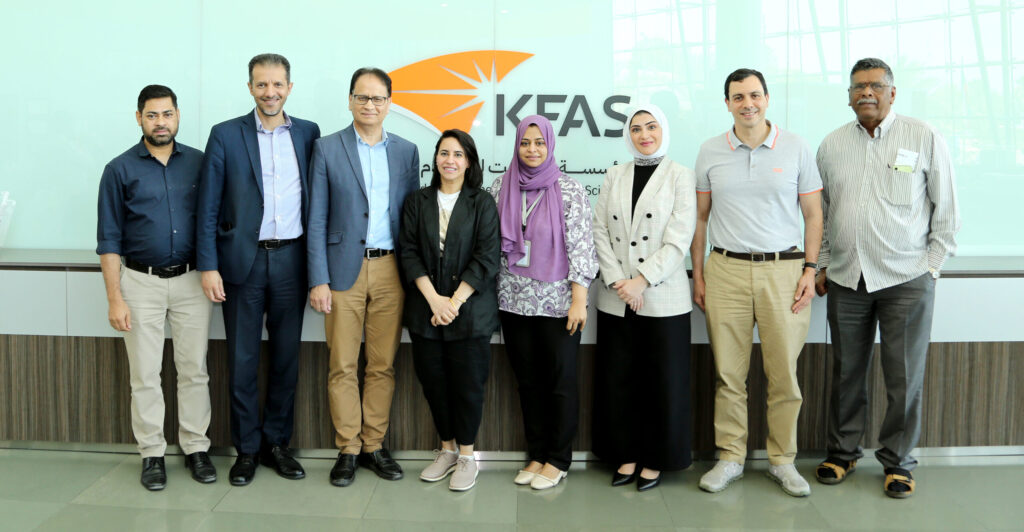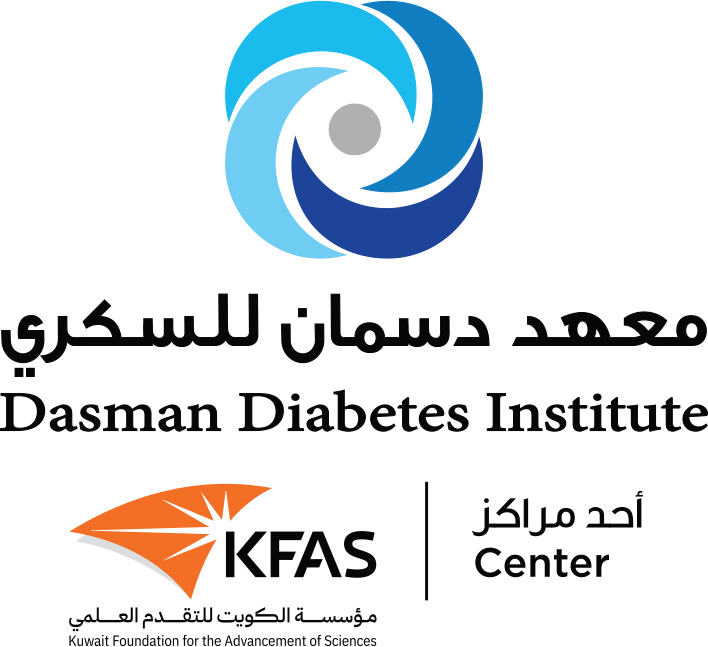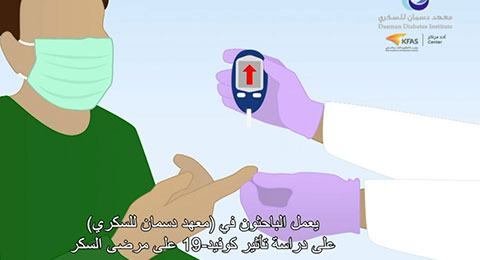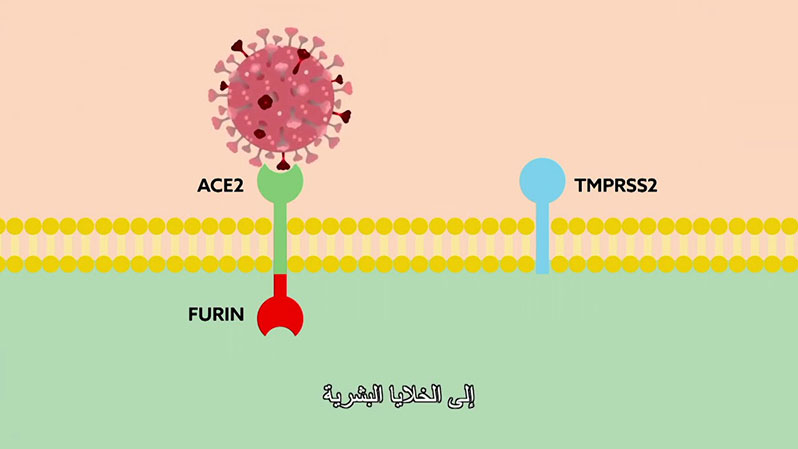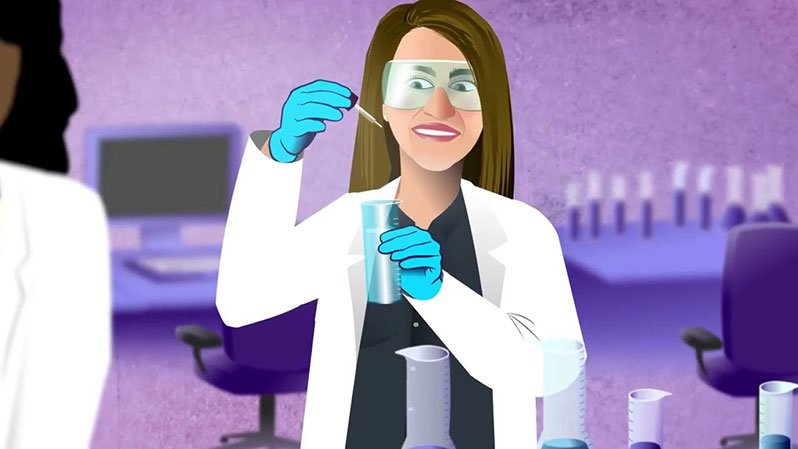DDI scientists presented three oral presentations and eight posters at the American Diabetes Association 84th Scientific Sessions in Orlando, FL, USA. Below are the abstracts from each department, detailing DDI’s most recent research findings.
Four abstracts were submitted by the Genetics & Bioinformatics department:
Small RNA-seq identifies distinct miRNAs involved in familial and sporadic Type 1 diabetes cases from Kuwait
Rasheeba Nizam, Md Zubbair Malik, Sindhu Jacob, Osama Alsmadi, Heikki A Koistinen, Jaakko Tuomilehto, Hessa Alkandari, Fahd Al-Mulla, Thangavel Alphonse Thanaraj
Clinical diagnosis of Type 1 Diabetes (T1D) has been hallmarked by the presence of serum biomarkers such as circulating autoantibodies and c-peptide; however, identification of additional biomarkers associated with T1D is crucial for better diagnosis of the disease and for developing effective therapeutic strategies. Epigenetic modifications, such as dysregulated expression of miRNAs, have also been shown to have a major impact on diabetes and related metabolic complications. In the present study we aimed to identify the key miRNAs involved in T1D by screening familial and sporadic cases using next generation sequencing (NGS) methodology, followed by quantitative real time PCR. The major questions addressed in this study include, what are the key microRNAs, their target genes and molecular pathways involved in T1D. Blood samples were collected from a total of eight families consisting of 18 people with T1D and 18 unaffected first-degree relatives and tested by NGS, followed by validation of key markers in a cohort of 110 sporadic T1D cases and 15 controls without T1D. Our study highlights 23 miRNAs that are differentially expressed in individuals with T1D compared to controls. Functional enrichment analysis of differentially expressed miRNAs highlighted key pathways involved in T1D. We validated the highest order network motif comprising miRNA, key transcription factors and the key miRNA target genes using quantitative real time PCR. Our study portrays hsa-miR-320a, CAV1, GSK3B and MYC as novel transcriptional biomarkers with diagnostic potential for T1D and may lay the foundation for further in-depth research catering better outcome and treatment of T1D.
Role of HLA class I gene alleles and haplotypes in type 1 diabetes in Kuwaiti children
Mohammed Dashti, Md Zubbair Malik, Rasheeba Nizam, Sindhu Jacob, Hessa AlKandari, Ebaa Al Ozairi, Thangavel Alphonse Thanaraj, Fahd Al-Mulla
HLA class I genes have a role in influencing immune response and self-tolerance as they bind and present antigens to T cells. Allelic variations of these genes are associated with multifactorial autoimmune conditions including type 1 diabetes (T1D) and show variability across different ethnic groups and populations. Additionally, the amino acid variations of these genes may affect the binding and immunogenicity of insulin peptide. Therefore, we performed an association study of classical HLA class I genes between Kuwaiti T1D children (95 individuals) and adult controls (150 individuals) groups using Next-generation sequencing dataset. Significant associations were identified for alleles at HLA-A and HLA-C genes, including A*02:01 and C*07:01 were both conferred high risk for T1D. The A*24:02~B* 08:01~C*07:02 haplotype was significantly associated with the risk of developing T1D. Furthermore, we identified significant 33 amino acid positions at HLA-B and HLA-C genes that were both predisposing and protective against T1D. Our results suggest that HLA class I genes and their allelic and amino acid variations play a role in modulating the risk of T1D and may have implications for disease risk management and genetic counseling in the Kuwaiti population.
Detection of potential therapeutic target associated with coronary artery disease in type 2 diabetes patients: system biology approach
Md Zubbair Malik, Mohammed Dashti, Sumi John, Rasheeba Nizam, Fahd Al-Mulla, Thangavel Alphonse Thanaraj
Type 2 diabetes (T2D) and coronary artery disease (CAD), comorbid conditions that present a significant mortality risk, are both systemic diseases linked with altered immune responses. Treatments for these comorbid conditions are not yet satisfactorily developed due to a lack of understanding of their linkage. This study aims to investigate genes co-expressed in T2D and CAD to better understand their common causal relationship and identify potential biomarkers and targets for treatment. We identified differentially expressed genes (DEGs) from patients with T2D and CAD, performing pathway analysis to predict commonalities in signaling pathways and molecular networks attributed to these diseases. Our results revealed 451 DEGs in T2D and 644 DEGs in CAD patients compared with healthy controls, with 32 DEGs shared between the two conditions. These common DEGs mapped significantly to shared pathways, suggesting their role in the association between T2D and CAD. Key genes within this network, including TLR4, IGF1, UBB, MAPK1, CCND1, MYC, JUN, and MMP9, showed acceptable diagnostic power in T2D and CAD datasets. We also predicted the miRNAs and transcription factors regulating these key genes. Our findings provide insights into the molecular links between T2D and CAD, highlighting potential biomarkers and therapeutic targets. However, further experimental validations and clinical trials are necessary to confirm these results.
Actionable pharmacogenomic variants in the Kuwaiti population
Thangavel Alphonse Thanaraj
Pharmacogenomics plays a pivotal role in advancing precision medicine by addressing critical public health concerns like Adverse Drug Reactions (ADRs) and dosage regulations. The emergence of Next Generation Sequencing (NGS) techniques, coupled with the rapid expansion of pharmacogenomic data, offers a unique opportunity to accelerate progress in this field. This study aims to investigate the frequency and classification of actionable pharmacogenomic findings in the Kuwaiti population.
Exome sequence data from 474 individuals of Kuwaiti descent were analyzed to evaluate the quantity and clinical relevance of incidental pharmacogenomic variants. Using a panel of 293 pharmacogenomic genes, the dataset was filtered, and resulting variants were categorized based on variant type, population frequency, functional impact, pathogenicity, and annotations from PharmGKB and ClinVar databases.
In Clinvar, 33 missense variants related to drug response were identified. Additionally, 591 rare pharmacogenomic variants were detected in this population, predicted to be pathogenic using pathogenicity prediction tools. We observed 15 known pharmacogenomic variants classified as actionable (PharmGKB 1A or 1B level of evidence), impacting approximately 16 drugs.
In conclusion, this study provides a comprehensive examination of known pharmacogenomic variants in the Kuwaiti population, highlighting their potential impact on drug response. We observed a higher frequency of genetic variants affecting drug response to medications like Ivacaftor, Tramadol, Efavirenz, and Capecitabine compared to global populations. Notably, a prominent actionable variant identified in this population is a VKORC1 variant associated with warfarin dosage. These findings underscore the significance of pharmacogenomic considerations in optimizing drug therapy for Kuwaiti individuals.
